Accuracy of Home Glucose Meters: Your Comprehensive Guide to Reliable Results

Accuracy of Home Glucose Meters is a very important topic for diabetic patients. There is no doubt that many diabetic patients struggle when monitoring their blood sugar levels at home; therefore, it is essential to understand the accuracy of home glucose meters, what their specifications are, and how to achieve the highest possible accuracy.
Home glucose meters represent a turning point in diabetes management, giving you the ability to monitor glucose levels in your blood anytime, anywhere. Yet, the main question on many minds remains: “How accurate are home glucose meters?” The answer is not straightforward, as Accuracy of Home Glucose Meters depends on several factors that we will cover in detail in this article, along with practical tips to ensure reliable readings that help you manage your health better.
How Accurate Are Home Glucose Meters?
Before diving into details, it is important to understand that accuracy of home glucose meters is not absolute—it is a balance of multiple factors. In general, most modern devices available in pharmacies, such as those you can find on Pharmacista, are accurate when used properly.
Global Accuracy Standards
To unify measurement, there are international standards that define the acceptable level of accuracy for home glucose meters. The most notable is ISO 15197:2015, which states:
-
At least 95% of results must fall within ±15% of the laboratory reference value when glucose is above 100 mg/dL.
-
At least 99% of results must be within defined deviation ranges for lower glucose levels.
So, when selecting a device, ensure it complies with this standard to gain extra reassurance about its accuracy.
Comparing Home Devices with Laboratory Tests
The most practical way to verify Accuracy of Home Glucose Meters is to compare it with lab results:
-
Take your device with you when visiting your lab or doctor.
-
Perform a fingerstick blood glucose test with your meter at the same time a lab sample is drawn (from your fingertip, not from a vein).
-
Compare both readings within a 30-minute window.
If the difference between them is within the acceptable range (about 15%), you can trust your device.
Factors Affecting Accuracy of Home Glucose Meters
Device Quality & Test Strips
Not all meters are equal in performance.
-
Reliable devices: Choose meters from trusted brands. For example, the Contour series (Contour Next Smart, Contour TS, Contour Care, Contour Next One) is designed to meet high accuracy standards and minimize user errors.
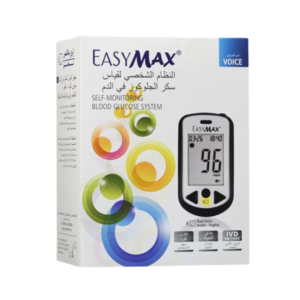
-
Test strips:
-
Expiration date: Always use valid strips. Expired strips are a leading cause of false readings.
-
Storage: Keep strips in their original container, tightly sealed, away from humidity, sunlight, and extreme heat.
-
Cleanliness: Ensure the container is dry and clean before sealing.
-
User Errors
The biggest threat to accuracy often comes from incorrect use.
-
Hand hygiene: Food residues (e.g., fruit sugars) or sweat can distort readings.
-
Wash hands with soap and water, dry thoroughly before testing.
-
Avoid using only sanitizers unless the alcohol has completely evaporated.
-
-
Blood sample amount: Too little blood can cause errors.
-
Devices like Contour Next Smart offer Second-Chance® Sampling, letting you add more blood to the same strip within seconds.
-
-
Timing: Follow the meter’s instructions precisely for waiting time before reading.
Environmental & Physiological Factors
-
Temperature & humidity: Extreme heat, cold, or high humidity can affect strips’ chemistry. Test at room temperature.
-
Hematocrit (red blood cell ratio):
-
Low hematocrit (anemia) may give falsely high readings.
-
High hematocrit (polycythemia) may give falsely low readings.
-
-
Medications: Substances like acetaminophen (paracetamol) or very high vitamin C doses can interfere with strip reactions.
Practical Tips for Accuracy of Home Glucose Meters
Correct Testing Procedure
-
Wash & dry hands well.
-
Use strips correctly stored and within validity.
-
Prick finger with correct depth to obtain enough blood.
-
Let the strip draw blood naturally, don’t smear.
Device Maintenance
-
Cleaning: Wipe device regularly with a slightly damp cloth (avoid water inside).
-
Control solution checks: Use control solution when opening a new strip container, after dropping the meter, or if results seem suspicious.
Choosing the Right Device
Look for features that ensure Accuracy of Home Glucose Meters:
-
Error-reducing technology: e.g., No Coding technology eliminates manual coding errors.
-
Smart indicators: e.g., smartLIGHT on Contour Next One, which uses color-coded lights (green, amber, red) to instantly show if your result is within target range.
-
Data storage: Devices that store hundreds of results and calculate averages (7, 14, 30, 90 days) help you and your doctor track long-term trends.


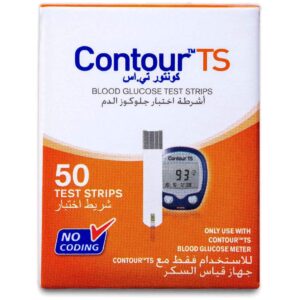
Conclusion: Confidence in Your Readings Starts with Knowledge
Ultimately, the accuracy of home glucose meters is a shared responsibility between you and the device. Whether you use a high-end meter like Contour Next Smart or a budget-friendly one like Contour TS, reliable results depend on proper handling and awareness of influencing factors.
By applying the tips above, you can move from doubting every reading to confidently using your device as a trusted health tool. And always remember—your meter supports you, but regular checkups and consultations with your doctor remain the foundation of optimal diabetes care.

 Skin exfoliation products
Skin exfoliation products
 Skin moisturizing products
Skin moisturizing products
 Skin cleansers
Skin cleansers
 Sun protection products
Sun protection products
 Skin whitening products
Skin whitening products
 Skin serums
Skin serums
 Korean skin care products
Korean skin care products
 Skin masks
Skin masks
 Natural skin care products
Natural skin care products
 Shampoo
Shampoo
 Hair cream bath and masks
Hair cream bath and masks
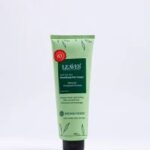 Hair styling products
Hair styling products
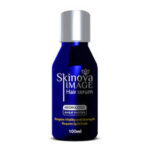 Hair oils and serums
Hair oils and serums
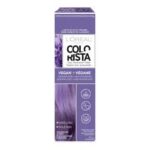 Hair dyes
Hair dyes
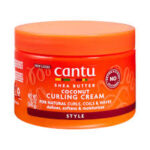 Natural hair products
Natural hair products
 Baby strollers
Baby strollers
 Baby toys
Baby toys
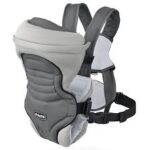 Baby carriers
Baby carriers
 Car seats
Car seats
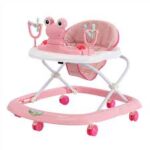 Baby walkers
Baby walkers
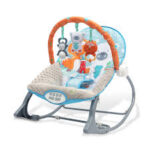 Baby rockers
Baby rockers
 Baby beds
Baby beds
 Baby milk
Baby milk
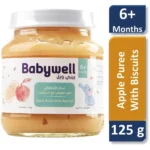 Baby food
Baby food
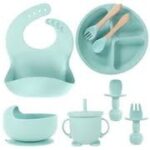 Baby feeding supplies
Baby feeding supplies
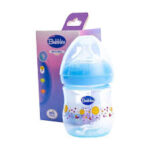 Baby bottles
Baby bottles
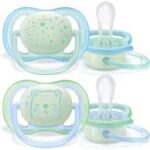 Pacifiers
Pacifiers
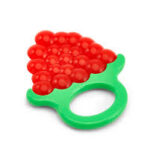 Teethers
Teethers
 Baby hygiene care
Baby hygiene care
 Skin care for babies
Skin care for babies
 Diapers
Diapers
 Perfumes for babies
Perfumes for babies
 Women’s perfumes
Women’s perfumes
 Men’s perfumes
Men’s perfumes
 Unisex perfumes
Unisex perfumes
 Oriental perfumes
Oriental perfumes
 Luxury perfumes
Luxury perfumes
 Hair perfumes
Hair perfumes
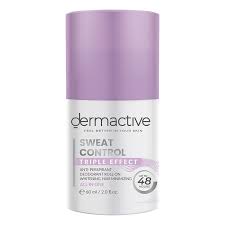 Deodorants
Deodorants
 Body and shower care
Body and shower care
 Women’s care products
Women’s care products
 Men’s care products
Men’s care products
 Sexual health
Sexual health
 Lipsticks
Lipsticks
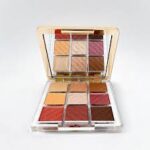 Eye Makeup
Eye Makeup
 Face Makeup
Face Makeup
 False nails and lashes
False nails and lashes
 Contact Lenses
Contact Lenses
